SGGP
NATO member states are lacking consensus on choosing a successor to Secretary General Jens Stoltenberg ahead of NATO's annual summit in mid-July.
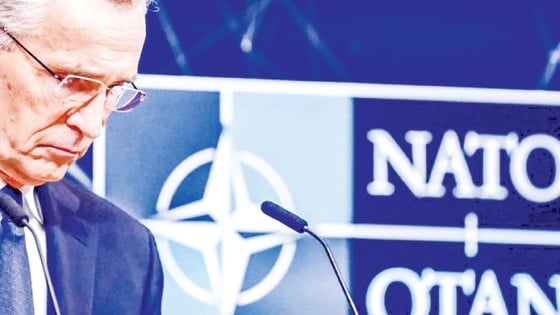 |
| NATO Secretary General Jens Stoltenberg is seen as a safe leader |
Gender advantage
The heavyweights include Danish Prime Minister Mette Frederiksen and British Defense Secretary Ben Wallace. Media reports have pointed to Mette Frederiksen’s position as head of government and NATO’s growing need to find a candidate as advantages. However, some NATO members have long favored an Eastern European leader, especially in light of the conflict in Ukraine. In addition, if the Danish Prime Minister takes the position, NATO will have a Nordic Secretary General for the third consecutive time, following Stoltenberg and former Danish Prime Minister Anders Fogh Rasmussen. In addition, Copenhagen is “lagging behind” in defense spending.
Meanwhile, British Defense Secretary Ben Wallace has both political clout and senior defense command experience. But some countries, such as France, want to support an EU official for the position because they are looking forward to a closer partnership between NATO and the EU. According to the Russian newspaper Izvestia, Stefano Stefanini, former Italian permanent representative to NATO and now a senior advisor at the Italian Institute for International Political Studies (ISPI) in Milan, said that “the race for the head of NATO is not a competition between gender and military experience. Personality and consensus play a bigger role. This combination is important, because even a very good candidate needs to be accepted by all allies.”
While approval can depend on a variety of factors, in reality a candidate can be vetoed by any NATO member state. A new factor could emerge, especially if neither Ms. Frederiksen nor Mr. Wallace receives the approval of all NATO members.
Three possible options
Politico Europe summarizes a lot of information about potential scenarios in three levels. First, the possibility of Secretary General J. Stoltenberg extending his term is the most mentioned option. The second level includes potential successors: Dutch Prime Minister Mark Rutte, Estonian Prime Minister Kaja Kallas and British Defense Minister Ben Wallace. The third group is less mentioned, including Lithuanian Prime Minister Ingrida Šimonytė, Slovak President Zuzana Caputova and German President of the European Commission Ursula von der Leyen.
While some NATO delegations would like to see a new face soon, Stoltenberg is considered a rare senior NATO official who can keep his cool and stick to the script even in the most dire of crises. Other female politicians mentioned include Canadian Deputy Prime Minister Chrystia Freeland and Foreign Minister Melanie Joly. But officials say that while NATO is focused on strengthening the bloc’s defense capabilities, Canada’s low defense spending and its lack of European status mean a Canadian is unlikely to take on the new role.
Source


![[Photo] General Secretary To Lam receives President of the Senate of the Czech Republic Milos Vystrcil](/_next/image?url=https%3A%2F%2Fvphoto.vietnam.vn%2Fthumb%2F1200x675%2Fvietnam%2Fresource%2FIMAGE%2F2025%2F11%2F21%2F1763723946294_ndo_br_1-8401-jpg.webp&w=3840&q=75)

![[Photo] National Assembly Chairman Tran Thanh Man holds talks with President of the Senate of the Czech Republic Milos Vystrcil](/_next/image?url=https%3A%2F%2Fvphoto.vietnam.vn%2Fthumb%2F1200x675%2Fvietnam%2Fresource%2FIMAGE%2F2025%2F11%2F21%2F1763715853195_ndo_br_bnd-6440-jpg.webp&w=3840&q=75)

![[Photo] Visit Hung Yen to admire the "wooden masterpiece" pagoda in the heart of the Northern Delta](/_next/image?url=https%3A%2F%2Fvphoto.vietnam.vn%2Fthumb%2F1200x675%2Fvietnam%2Fresource%2FIMAGE%2F2025%2F11%2F21%2F1763716446000_a1-bnd-8471-1769-jpg.webp&w=3840&q=75)
![[Photo] President Luong Cuong receives Speaker of the Korean National Assembly Woo Won Shik](/_next/image?url=https%3A%2F%2Fvphoto.vietnam.vn%2Fthumb%2F1200x675%2Fvietnam%2Fresource%2FIMAGE%2F2025%2F11%2F21%2F1763720046458_ndo_br_1-jpg.webp&w=3840&q=75)
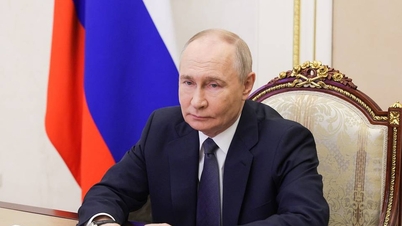

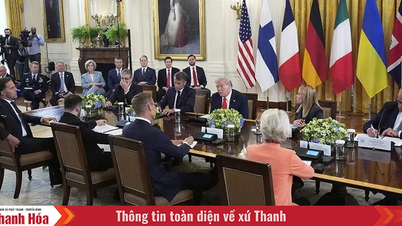

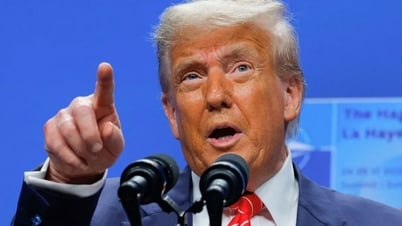

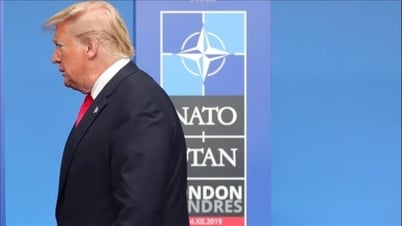

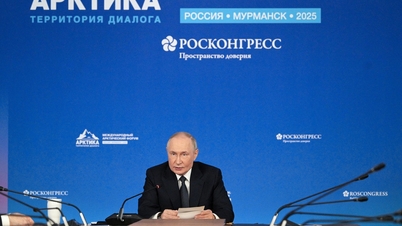

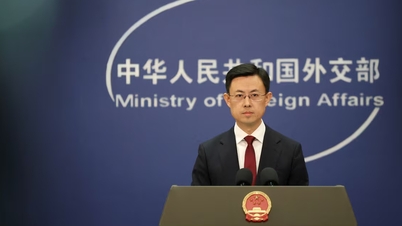
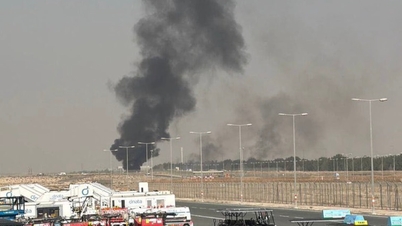
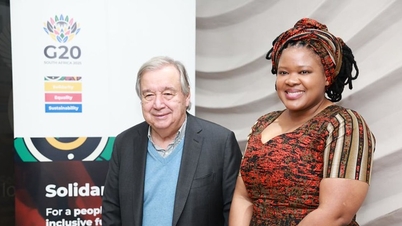


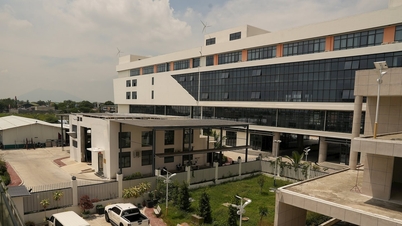
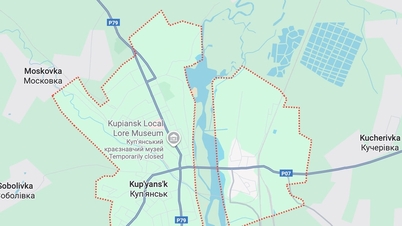







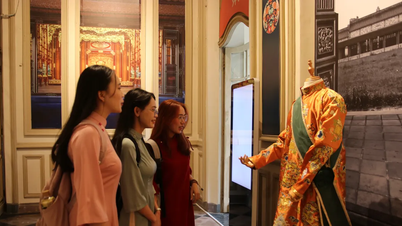
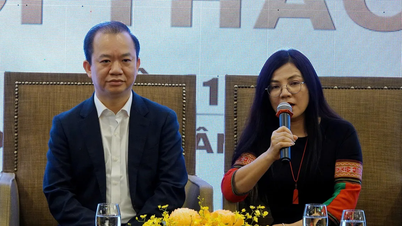




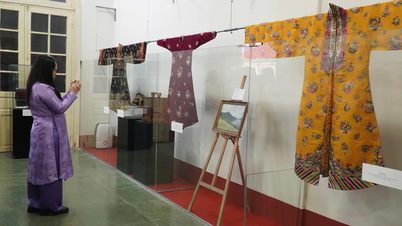
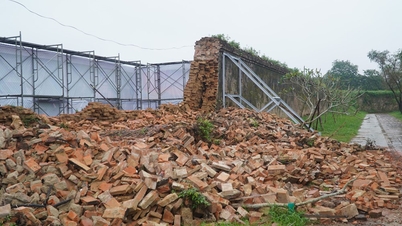

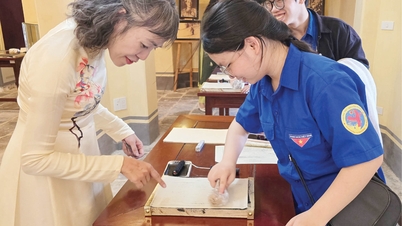





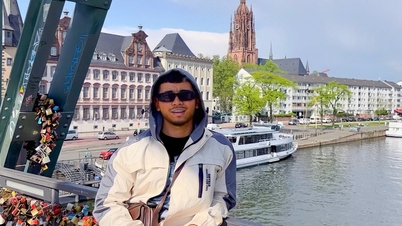

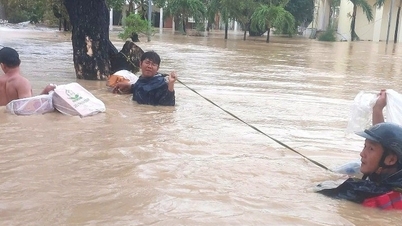
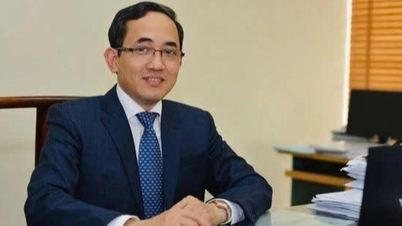





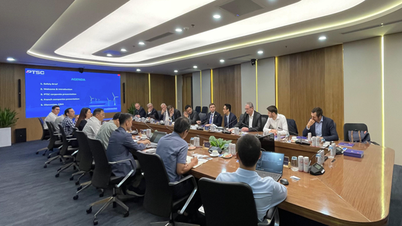




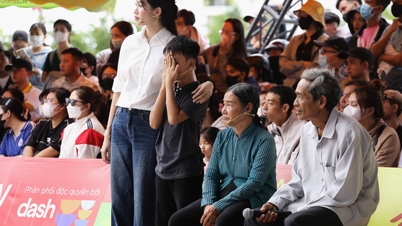
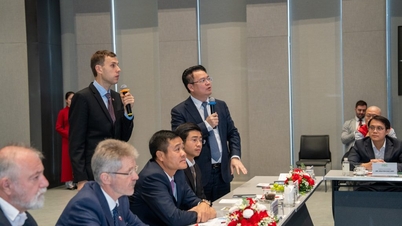

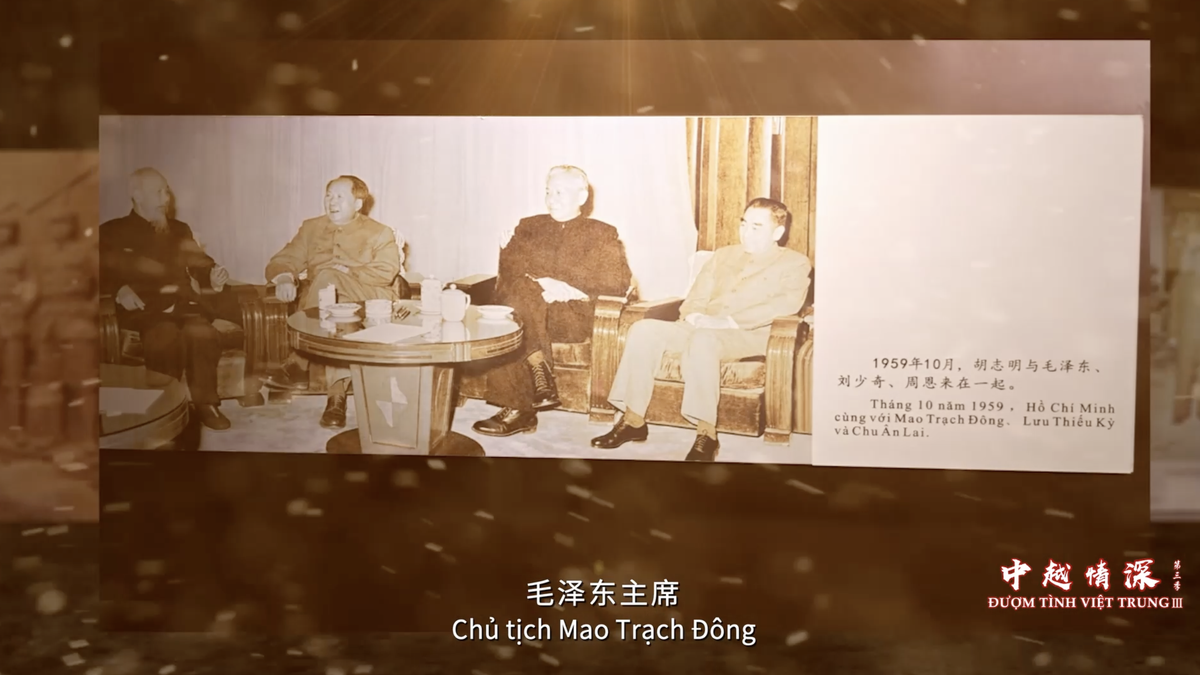




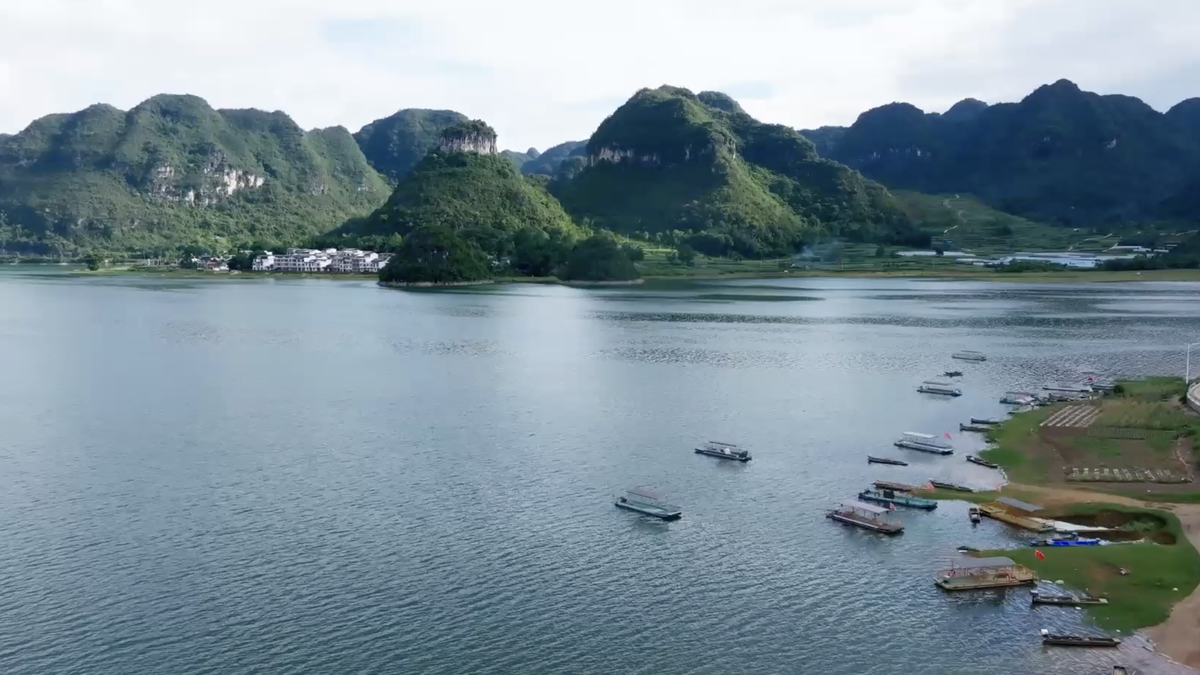
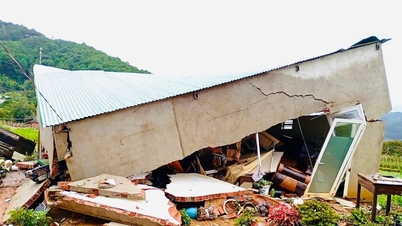





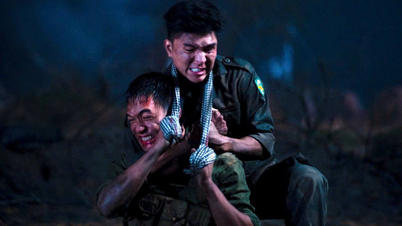
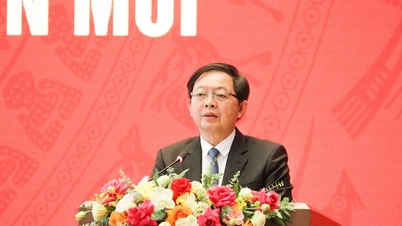

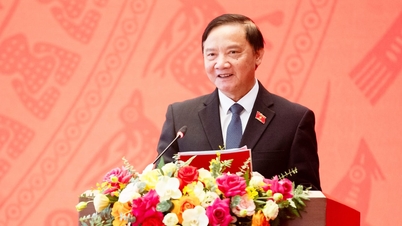


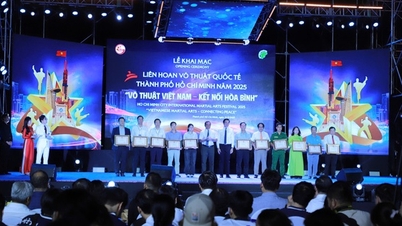

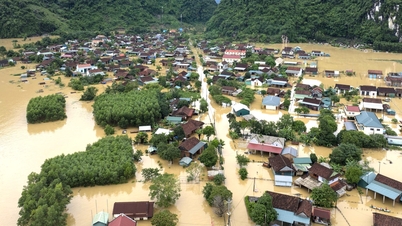


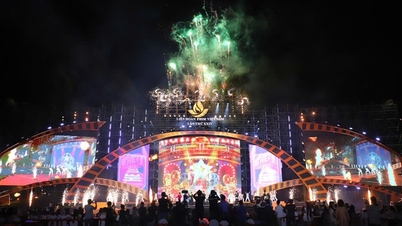
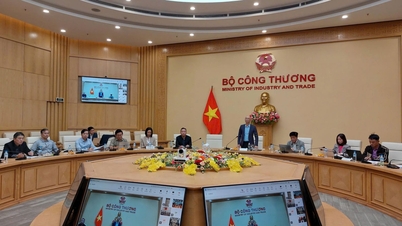




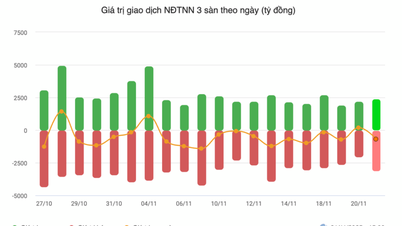















Comment (0)